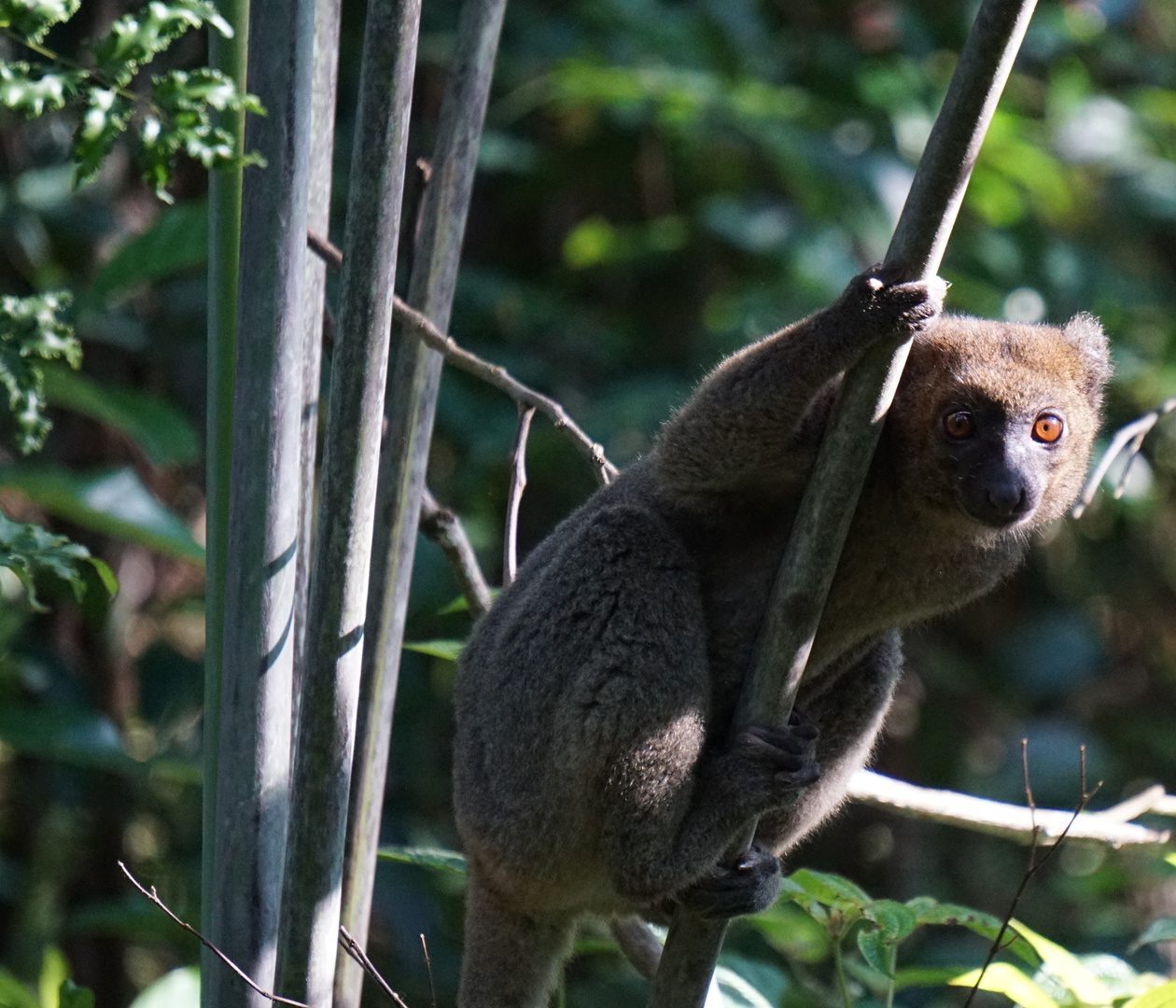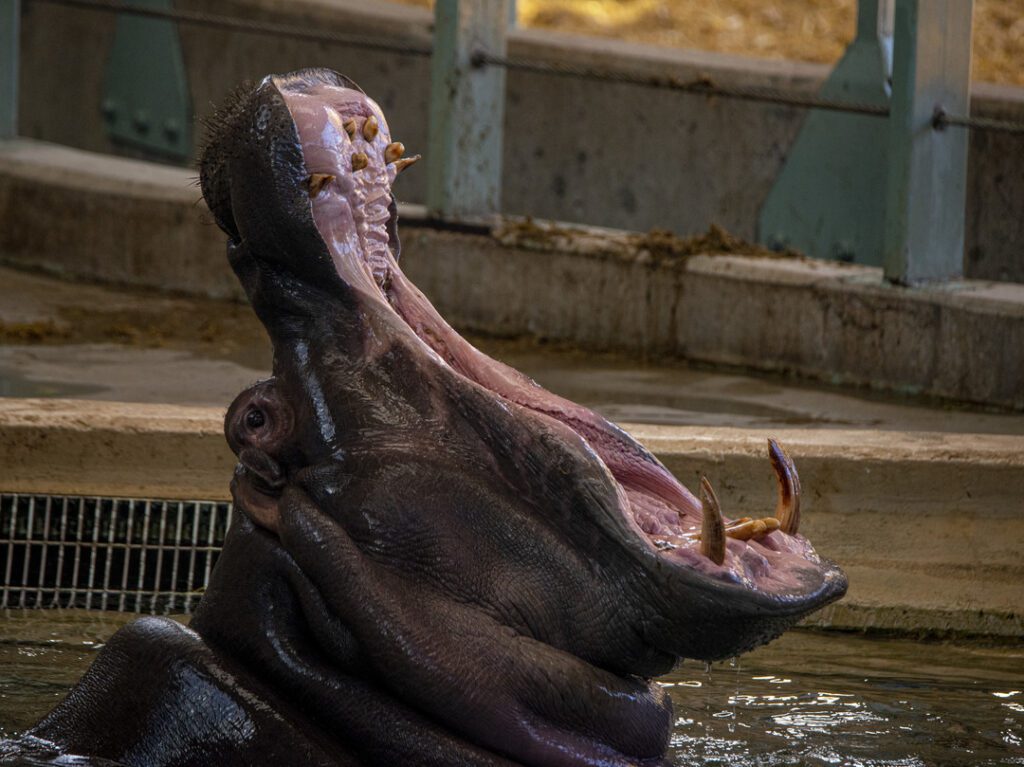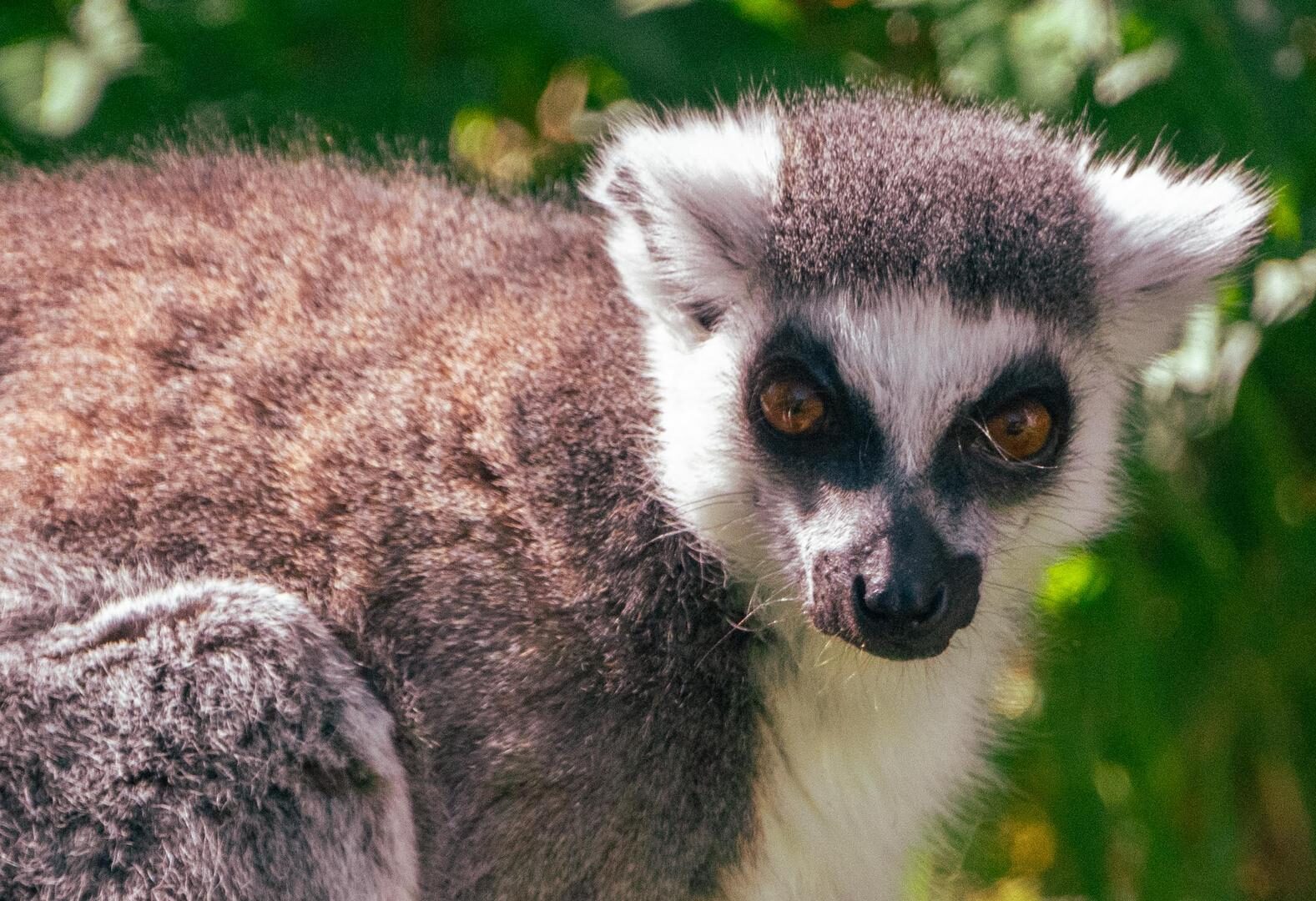
Ring-Tailed Lemurs
An unmistakable tail on the move to pollinate the forest
Unlike most other lemur species, ring-tailed lemurs spend 40% of their time on the ground, moving around on all fours. As they move, they keep their iconic striped tails upright, helping to keep conspiracy members together. Known as the most vocal lemur species, they communicate through many different calls and sounds.
- IUCN Red List Status: Endangered (at very high risk of extinction in the wild)
- Type: Mammal
- Habitat: Forests of Madagascar
- Diet: Omnivore – leaves, flowers, and insects
- Size: 45 centimetres; 55-centimetre-long tail
- Weight: 2.26 to 3.4 kilograms
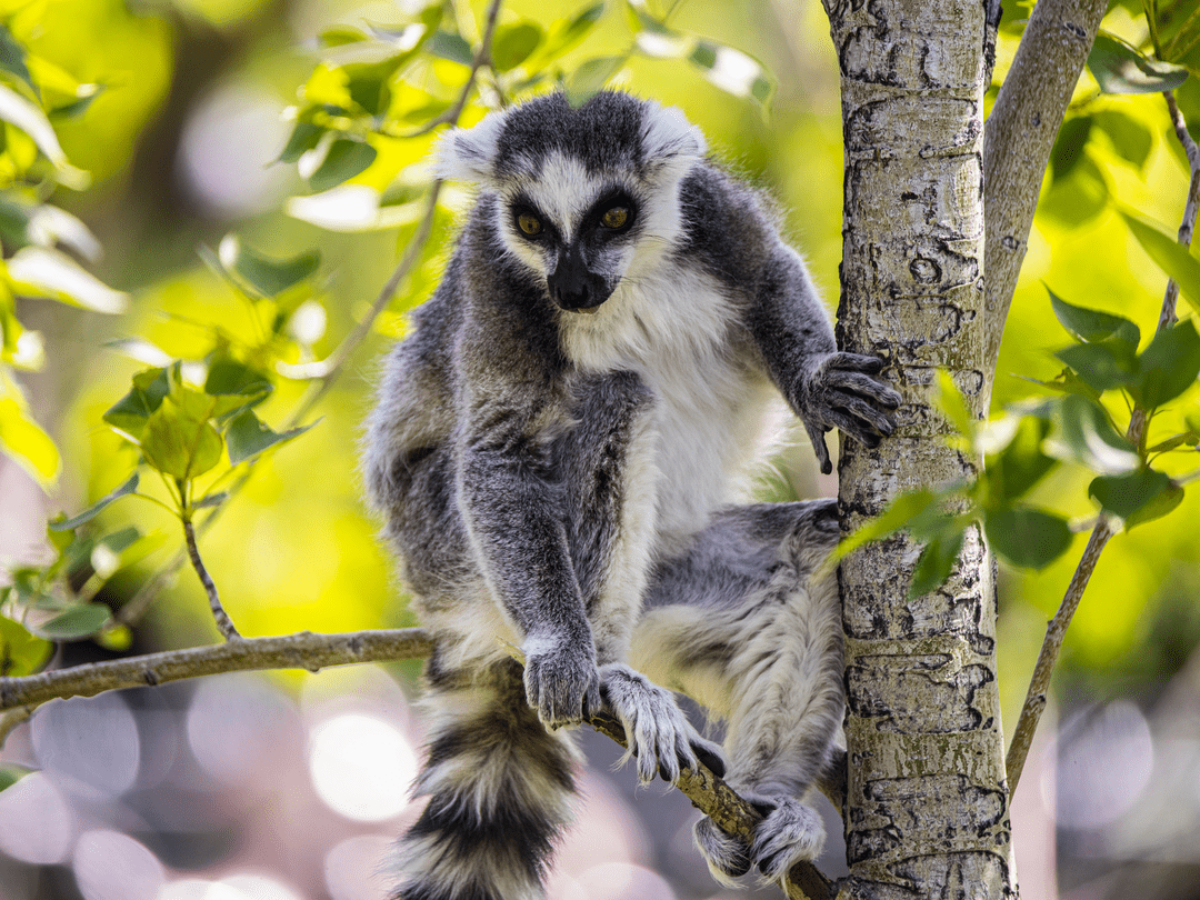
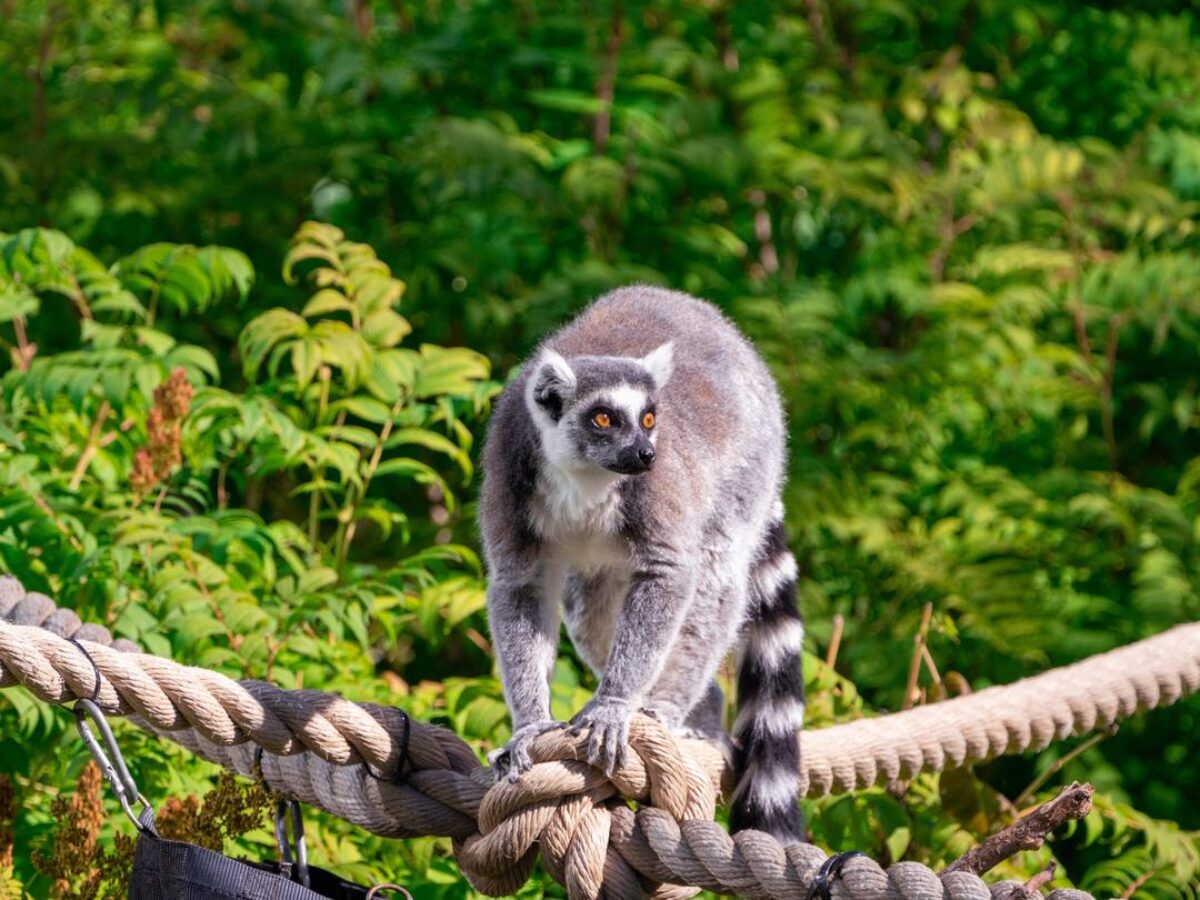

Facts about our animals
Fun Facts about Ring-Tailed Lemurs
Ring-tailed lemurs always have exactly 13 alternating black and white rings on their tails.
To soak up the sun, these lemurs often sit in a “yoga pose”, pointing their bellies – one of the least fur-covered parts of their bodies – towards the sun.
Males have a special spur on their wrists that they use to pierce tree bark before scent-marking it.
Females remain in their birth group for life, maintaining strong social bonds within their community.
Ring-tailed lemurs can travel up to six kilometres a day in search of food.
In ring-tailed lemur groups, females hold the dominant role.
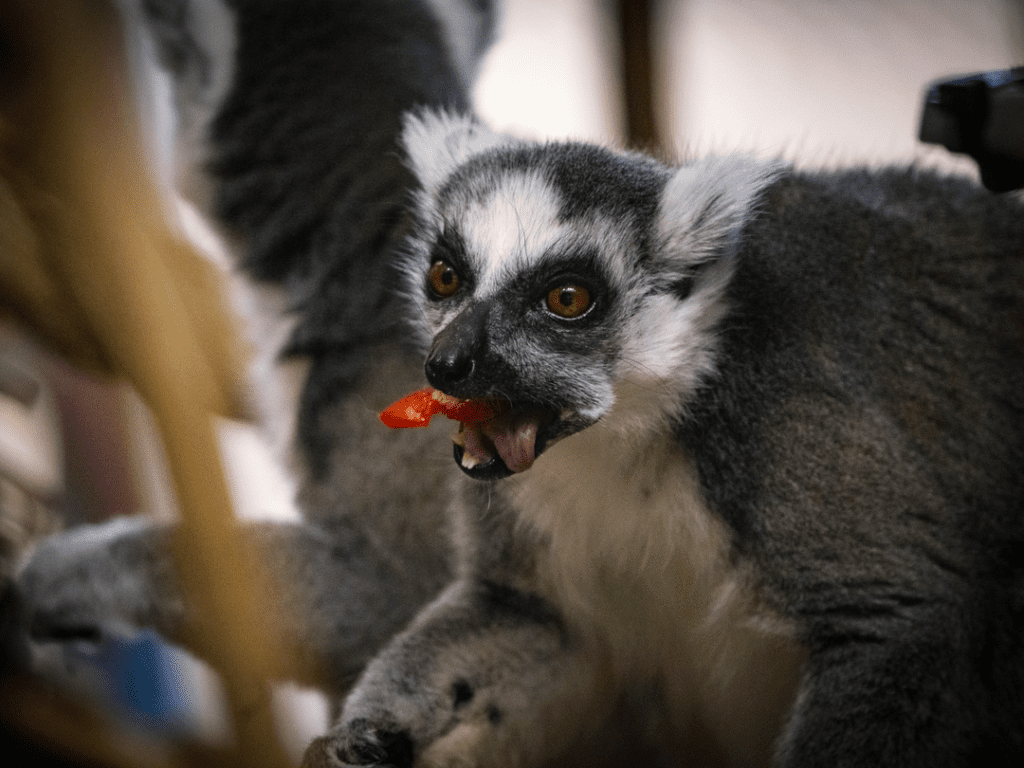
Donate
How you can help
Your donation makes a world of difference. With support for animal care, conservation programs, and education, you’re making the world wilder.
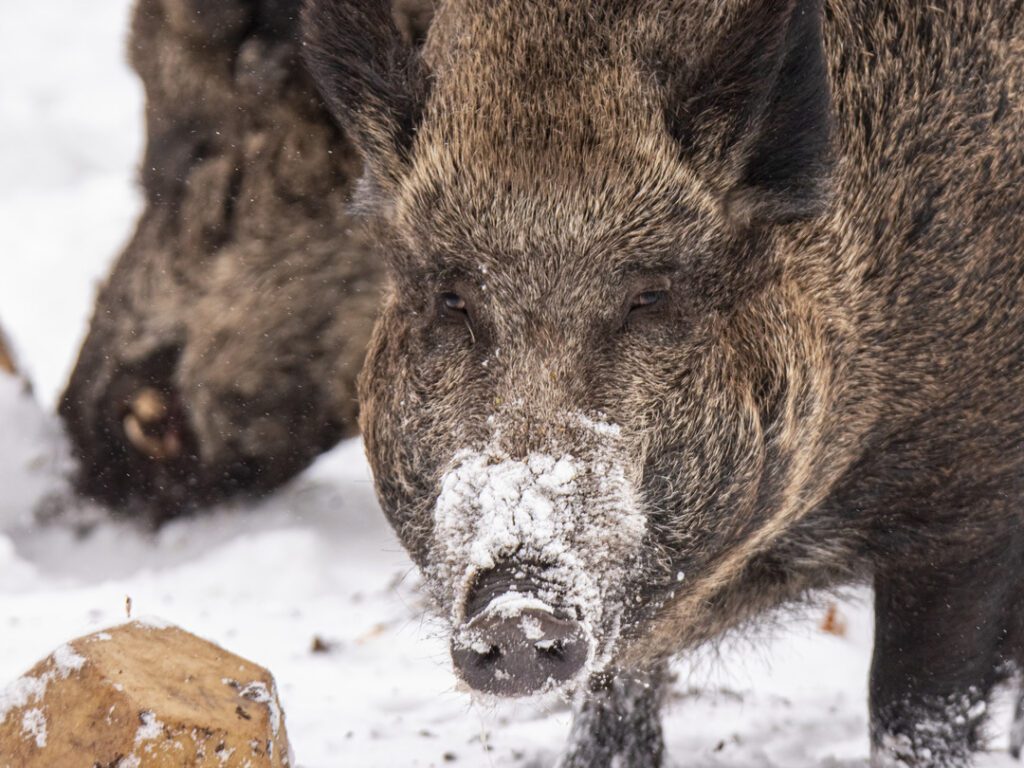
Plan your visit
Get close to wildlife
It’s time to make some memories. Here’s everything you need to know to plan an unforgettable day at the zoo.

